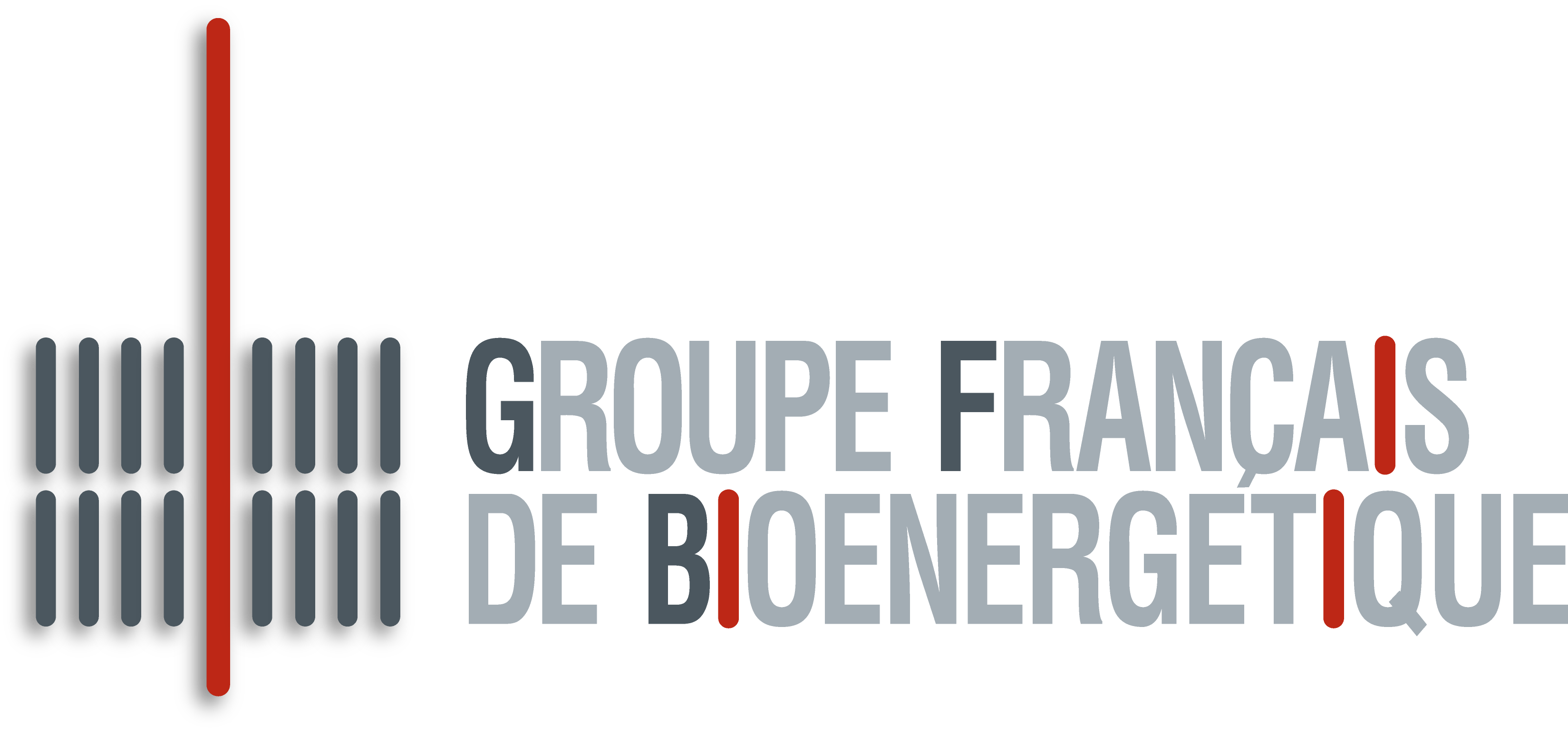What is Bioenergetics?
Bioenergetics investigates the mechanisms of energy conversion by living organisms, whether bacteria, unicellular eukaryotes, fungi, plants or animals. This comprises light, electrical, chemical, osmotic, mechanical or thermal energy. The conceptual basis of bioenergetics revolve around the chemo-osmotic theory, formulated in 1961 by Peter Mitchell, which earned him the Nobel Prize.
Disciplines and techniques of Bioenergetics:
Bioenergetics is at the frontiers of biology, physics and chemistry. It involves various techniques and complementary disciplines such as genetics, molecular biology, genomics, protein biochemistry, crystallography, modelling, cell culture, microscopy, fluorimetry, spectroscopy, analytical biochemistry, proteomics, metabolomics, high spectrometry, high resolution oxygraphy. Equipped with powerful tools, bioenergetics specialists follow the mechanisms of conservation of energy from individual molecules to the whole organism. They also study related problems such as the regulation, assembly and organization of energy conversion systems.
What is Bioenergetics used for?
The societal challenges of the knowledge regarding energy conversion by living organisms are considerable, particularly in the areas of:
Health and better living.
Bioenergetics makes a major contribution to the study of pathologies linked to a dysfunction of the mitochondria as well as to the study of resistance to anti-cancer drugs. Bioenergetics also focuses on processes or phenomena such as cell death and oxidative stress, at the heart of the mechanisms of development, aging and degeneration. Bioenergetics also brings a new perspective to the study of pathologies linked to an imbalance of the microbiota in the digestive or respiratory systems.
New energies.
A detailed understanding of the mechanisms of photosynthesis and the energy conversions carried out by microorganisms is essential for the development and evaluation of new methods of energy production in the context of climate changes.
Industrial applications.
Deciphering the function of proteins integrated into bioenergetic processes finds many applications in industry, such as the manufacture of biofuel cells or biocatalysts.
